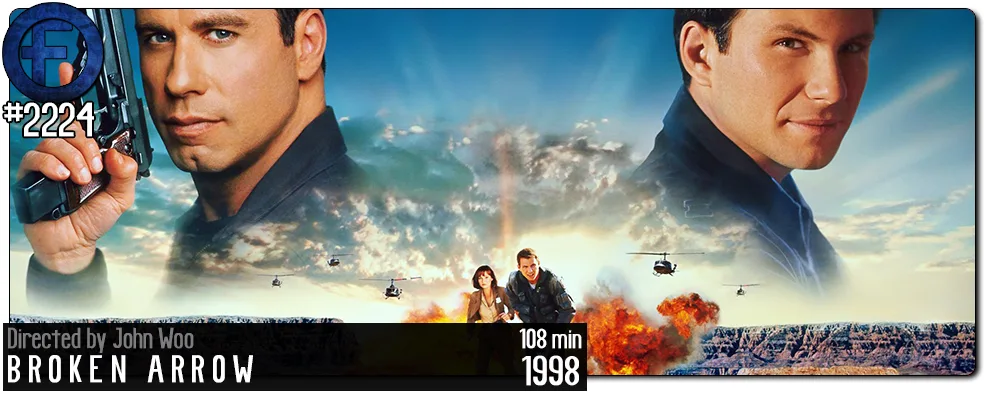Movie Review – Broken Arrow (1996)
Principal Cast : John Travolta, Christian Slater, Samantha Mathis, Delroy Lindo, Frank Whaley, Bob Gunton, Howie Long, Jack Thompson, Kurtwood Smith, Vondie Curtis-Hall, Daniel von Bargen.
Synopsis: Terrorists steal nuclear warheads from the U.S. military but don’t count on a pilot and park ranger spoiling their plans.
********
In the grand tapestry of cinematic history, certain films emerge as transformative milestones that reshape the landscape of Hollywood. One such milestone, both in its audacious approach to storytelling and its visual innovation, is the adrenaline-fueled extravaganza known as Broken Arrow. Directed by the legendary John Woo, fresh off a critical drubbing of his debut Stateside project in Hard Target, this action-packed sophomore spectacle arrived in the early ’90s like a meteor, leaving an indelible mark on the industry. Join us on an extensive nostalgic journey through the explosive world of Broken Arrow, as we delve into the influence of John Woo’s directorial prowess, the ground-breaking use of cinematography and slow-motion, the potent musical score, and the hugely over-the-top performances, notably John Travolta’s magnetic overacting.
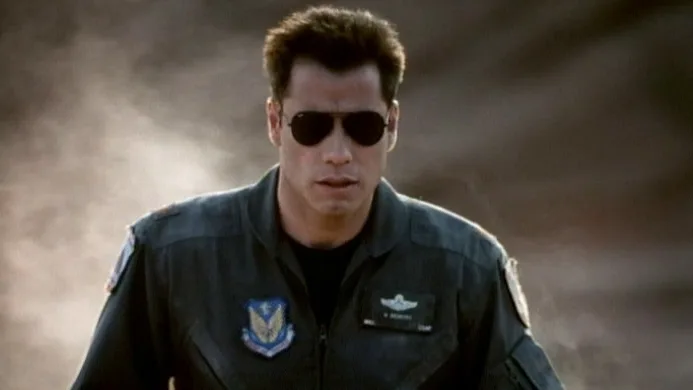
The early ’90s marked a period of transition and evolution for Hollywood, where action cinema was reaching new heights of popularity. It was in this dynamic environment that director John Woo entered the American film scene. Woo, renowned for his innovative approach to action filmmaking, brought with him a distinct cinematic language honed in Hong Kong’s thriving movie industry. Broken Arrow, released in 1996, was not just another action film; it was a seismic action genre event that showcased Woo’s signature style and forever altered the course of Travolta’s resurgent career. At its core, Broken Arrow presents a classic battle between good and evil, embodied by the charismatic performances of John Travolta and Christian Slater. Travolta, in particular, delivers a memorable portrayal of the film’s antagonist, Major Vic Deakins, an Air Force pilot gone rogue. His character is unapologetically over-the-top, and Travolta seizes the opportunity to infuse Deakins with a magnetic blend of charm and villainy. It’s a performance that, while bordering on the theatrical, encapsulates the essence of ’90s action cinema. Slater and Samantha Mathis, who plays park ranger Terry Carmichael, valiantly attempt to keep up with Travolta’s larger-than-life presence, creating a captivating dynamic that fuels the film’s intensity.
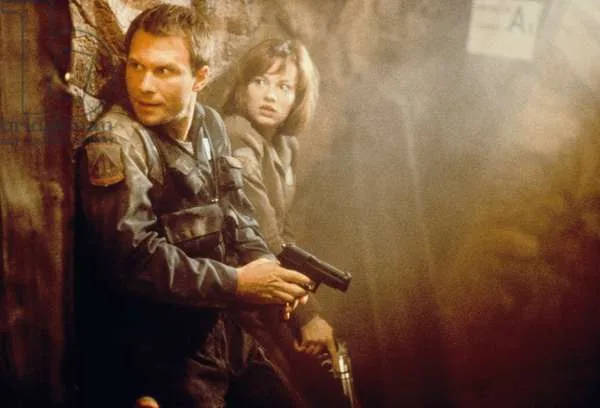
One aspect that immediately sets Broken Arrow apart from its contemporaries is John Woo’s masterful use of cinematography and slow-motion. Woo’s approach to action sequences is a visual symphony of movement, framed with meticulous precision. The film’s opening sequence, set against the backdrop of the breath-taking Utah desert, serves as a mesmerizing showcase of Woo’s prowess. As the camera gracefully glides through the landscape, it captures the intricate ballet of the action, accentuated by moments of slow-motion that elevate the tension to palpable levels. Woo’s meticulous attention to detail transforms each action scene into a work of art, where every shot is not just a bullet fired but a brushstroke on the canvas of widescreen cinema.
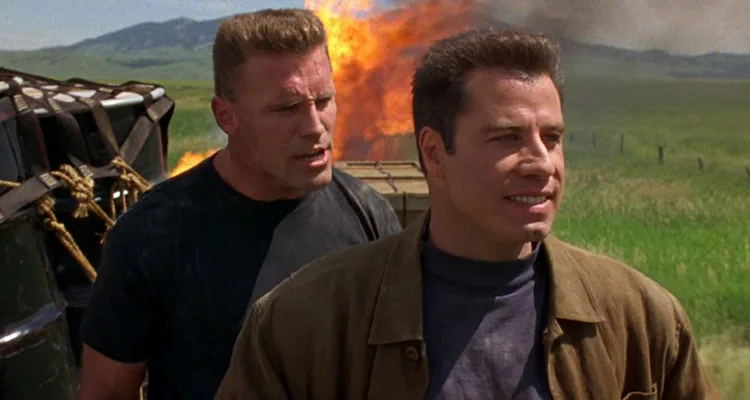
One cannot discuss Broken Arrow without acknowledging its stylish use of slow-motion. Woo’s manipulation of time within action sequences adds a layer of poetry to the chaos of combat. Whether it’s a mid-air struggle between Deakins and Hale or the explosive destruction of a helicopter, slow-motion is Woo’s artistic tool. It allows the audience to savour the nuances of every movement, every expression, and every explosion. It’s a visual language that transcends mere action and enters the realm of artistry. The slow-motion sequences in Broken Arrow are a testament to Woo’s ability to capture the essence of big-screen action. The film’s action sequences are a masterclass in choreography and precision. They are not just about bullets and explosions but about the intricate dance of life and death. One of the film’s standout moments is the breath-taking fight on a speeding train between Deakins and Riley Hale, played by Christian Slater. The sequence is a symphony of action, combining martial arts, gunplay, and hand-to-hand combat. John Woo’s trademark doves make their appearance, further enhancing the visual splendour. Every movement, every gunshot, and every explosion is orchestrated with impeccable timing. It’s a testament to Woo’s ability to elevate action cinema to an art form.
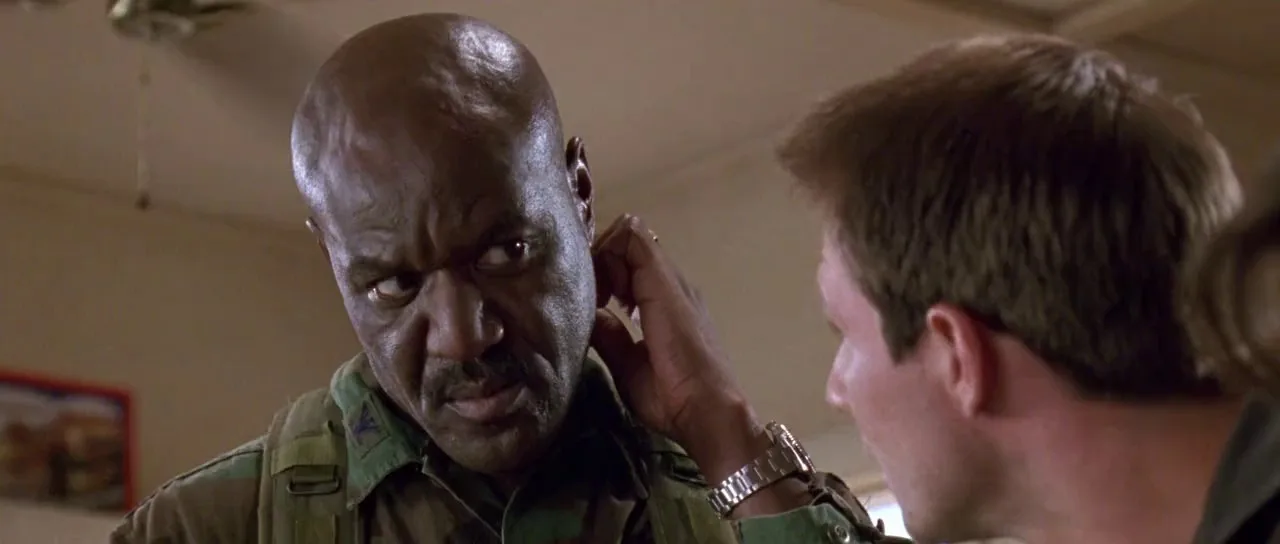
The film’s musical score, composed by Hans Zimmer, is a vital component of the Broken Arrow experience. Zimmer’s music provides the film with a pulsating heartbeat, enhancing the emotional impact of every scene. The score seamlessly transitions between moments of tension and triumph, creating an immersive soundscape that mirrors the film’s relentless pace. The music amplifies the film’s themes of heroism and sacrifice, underscoring the emotional journey of the characters. It’s a testament to Zimmer’s talent that his score remains an integral part of the film’s enduring legacy.
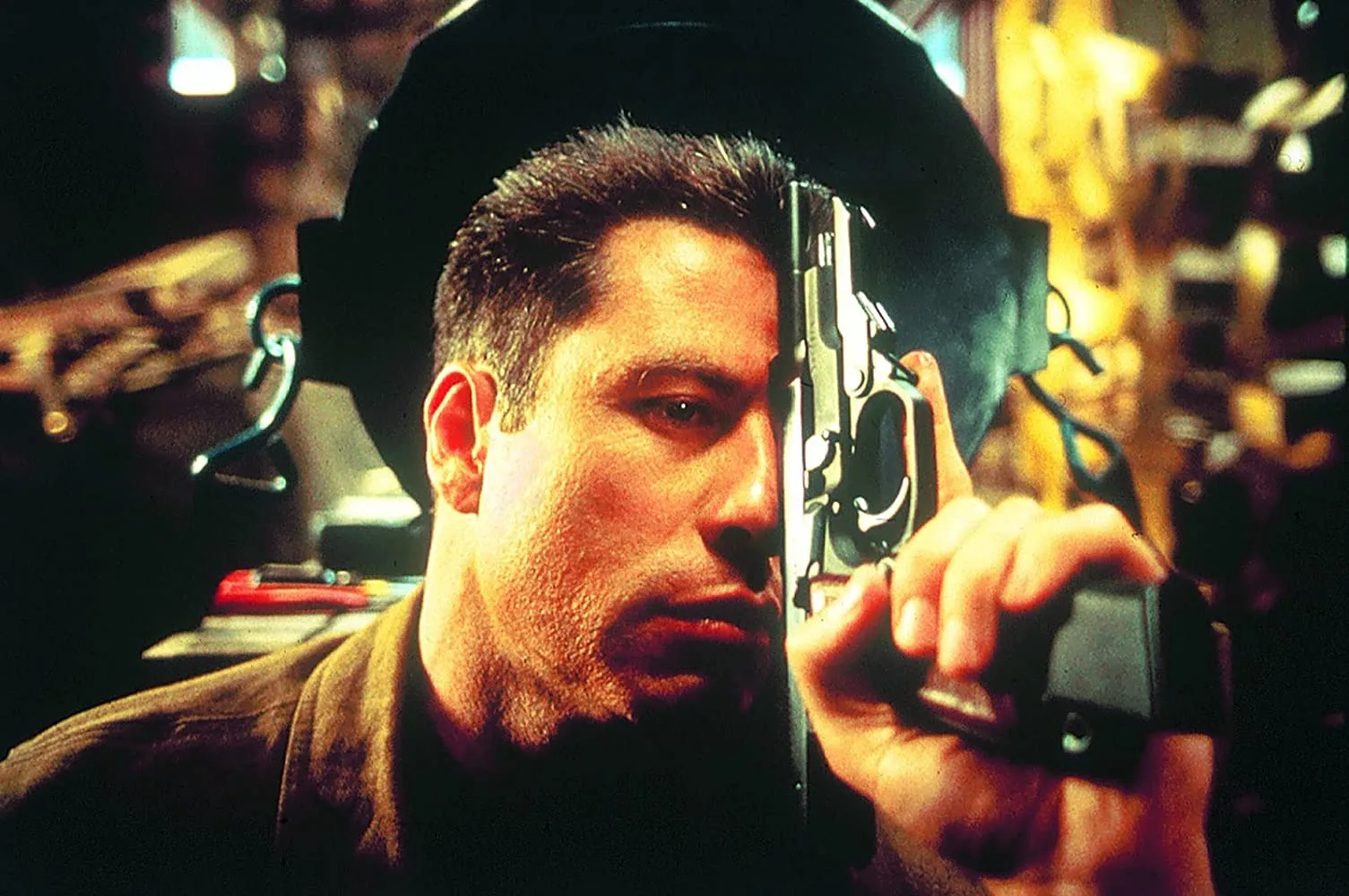
While the film is a visual and auditory triumph, it’s John Travolta’s portrayal of Major Vic Deakins that lingers in the memory. Deakins is a character who revels in his villainy, and Travolta fully embraces the role’s theatricality. His charismatic performance is a delightful fusion of charm, menace, and unapologetic extravagance. Travolta’s portrayal, while bordering on overacting, is a perfect fit for the film’s larger-than-life action sequences and operatic sensibilities. Christian Slater and Samantha Mathis, as Riley Hale and Terry Carmichael, respectively, provide the film with a grounded emotional core. They are the audience’s entry points into the world of espionage and betrayal. Slater’s portrayal of Hale is that of a reluctant hero who finds himself in an extraordinary situation. His performance is characterized by a sense of determination and unwavering integrity. Samantha Mathis, as park ranger Terry Carmichael, complements Slater’s performance with her strength and resourcefulness. The chemistry between the two actors adds depth to the film’s narrative, as their characters navigate the chaos around them.
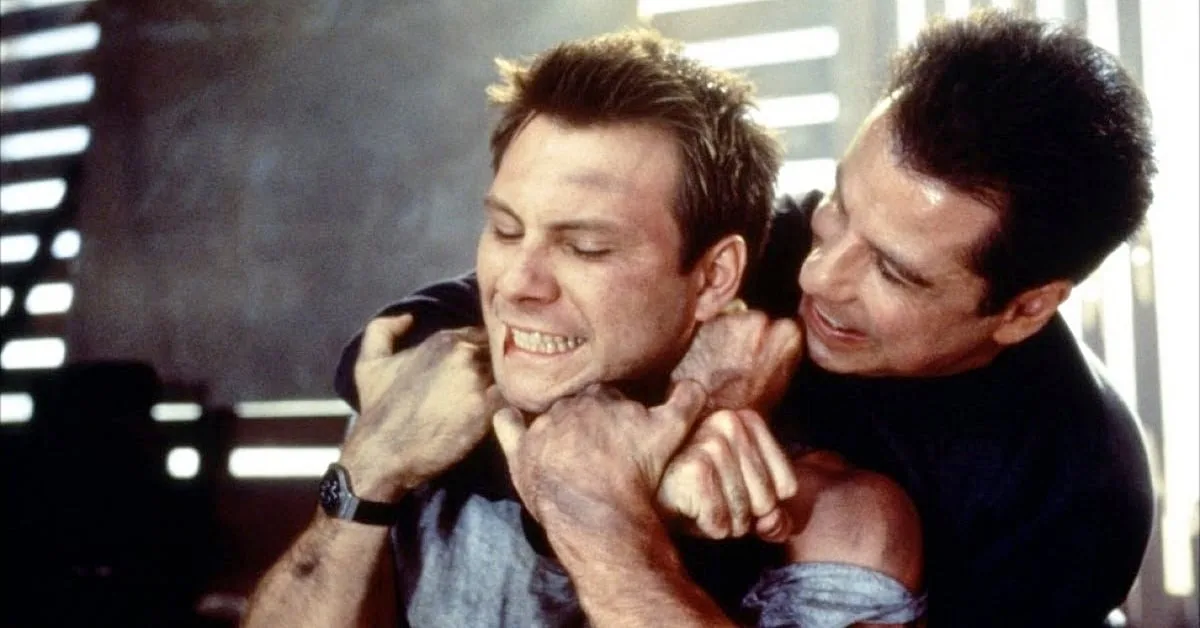
Broken Arrow is not just a film; it’s a testament to the transformative power of cinematic storytelling. John Woo’s directorial innovation, the stunning use of cinematography and slow-motion, the unforgettable musical score, and the theatrical performances, especially John Travolta’s magnetic overacting, combine to create a cinematic experience that transcends the boundaries of action cinema. In the grand tradition of ’90s action films, Broken Arrow is a spectacle that celebrates the art of storytelling through visual and auditory brilliance. It’s a reminder that cinema is not just about narratives but also about the craft of filmmaking. Every slow-motion sequence, every bullet fired, and every note of Hans Zimmer’s score contribute to the film’s enduring legacy. Broken Arrow is not just a movie; it’s a testament to the enduring power of escapist cinema.
Note: This review was written by the author with assistance from ChatGPT.

